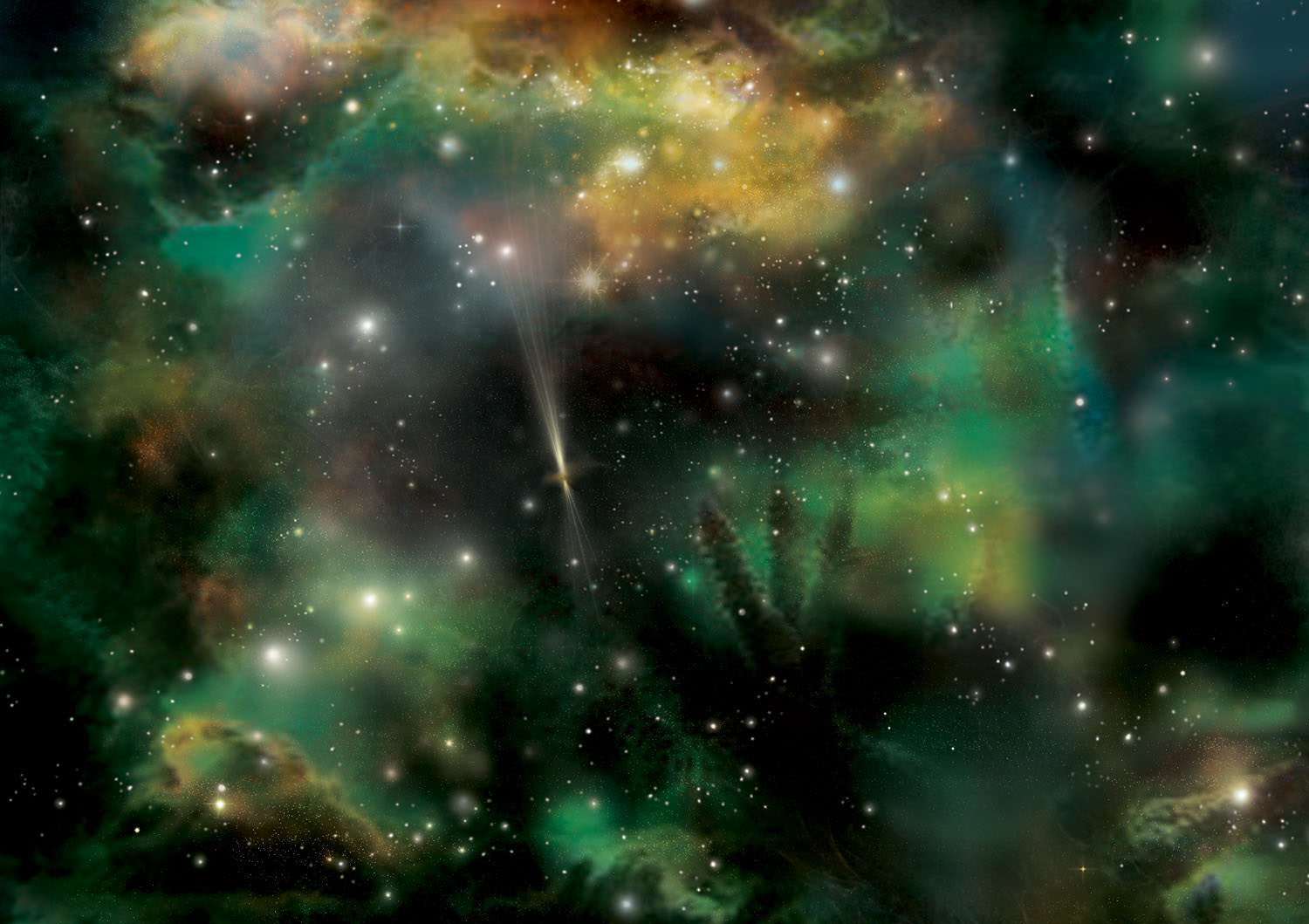
To shed more light on the properties and nature of 2FHL J1745.1-3035, astronomers led by Stefano Marchesi at the University of Bologna in Italy analyzed new archived data from NASA’s Chandra and NuSTAR spacecraft, as well as data from ESA’s XMM-Newton satellite.
The source 2FHL J1745.1-3035 is located near the center of the Milky Way. It is one of the brightest in the sample in the gamma-ray spectrum.
By analyzing the X-ray and gamma-ray properties of 2FHL J1745.1-3035, astronomers discovered that the X-ray source is compact. Also, scientists have not found evidence of its expansion.

A study of the spectral properties of 2FHL J1745.1-3035 showed that the broadband X-ray spectrum of the source best fits a broken power law model with a discontinuity energy of about 7 keV.
The authors of the paper concluded that 2FHL J1745.1-3035 is most likely a powerful Pulsar Wind Nebula (PWN)—literally, “pulsar wind-fueled nebulae.” PWNs are a special type of nebula that occurs inside the shells of supernova remnants. Such nebulae arise when a pulsar wind of charged particles interacts with the slowly propagating material of a supernova. The wind of a pulsar consists of charged particles.

If the PWN scenario for 2FHL J1745.1-3035 is confirmed by further research, it will be one of the heaviest nebulae ever detected in X-rays, and the heaviest ever found in gamma rays.